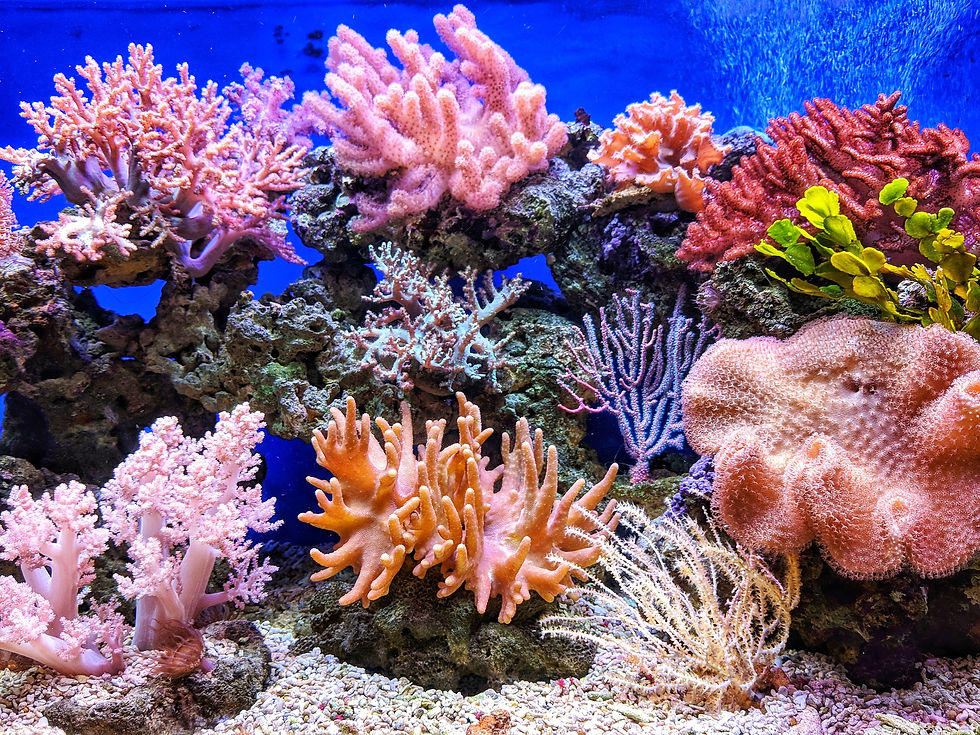Free Oceans, Deep and Blue
- Benjamin Stables

- Jun 2, 2021
- 2 min read
Updated: Aug 15, 2021
The oceans are a centrepiece for style and elegance, demonstrated by FatFace, River Island and Next. It is clearly fashionable in an outfit. In the UK, we buy more clothes per person than any other country in Europe. Displayed through landscape photos, textured patterns, and varying shades of blue captured by our oceans- the sky blue ocean water captures serenity.
However, our oceans may be beautiful, but how long can we exploit them?
Important Blue Oceans in society
Fashion can be seen in society, using oceans to bring out an eye-catching piece of clothing. On Etsy, an airborne skirt drifts through the air as a wave does through water, utilising tantalising blues and whites. Contrasting and eye-catching! Could it be taken further by adding some black-fish? This would incorporate sea life, whilst going with the colour.
Similarly, a scoop neck t-shirt uses aspects of sea life. Pictures of whales, fish and octopus have shown the prevalence in fashion. Accessories, such as earrings have shown a sea theme, adopting the idea of pearls in the sea. Future ocean-themed fashion could be displayed in LGBTQ designs. For example, a whale in rainbow colours. #inclusivity.
Killing the Big Blue
Exceptional fashion comes at a cost, with the fashion industry using 79 billion cubic metres of water per year. Microfibres are also a key contributor to waste and the ever-changing climate of the oceans and are derived from washing plastics that shed them. The average wash cycle releases 700,000 microfibres into the water system.
The fashion industry is accountable for over 20% of global wastewater, leading to dying fish and marine life. However, the biggest killer or impact on the ocean is… TRASH. Trash can kill oceans and destroy rivers, resulting in the disappearance of species due to being killed – usually through strangulation. Leading to the increasing temperature of the environment means the polar ice caps are melting. In turn, this increases water levels rising.
Are guaranteed blue oceans better?
We can start by making an effort to shop consciously, utilising a circular economy. Recycling and reusing clothing will allow us to reduce the number of materials needed to create new clothes. Allowing yourself to swap clothes with a friend could make for a greater sense of relationship.
Alternatively, you could use clothes to create a piece of trashion – a new piece of clothing made out of old ones. In short, focus on quality rather than quantity, whilst making a conscious effort to buy organic brands. Sounds easy? That’s because it is! It just takes a little push.
Time is running out. If we do not change our habits and start saving the planet, things will only deteriorate. By 2030, half of the oceans of the world will be severely impacted by climate change. This is alarming as 80% of the air we breathe comes from our oceans. Furthermore, the increase of dead zones (a place where little can survive due to a lack of oxygen) means an increase in temperature, severe weather, and flooding.
Our blue ocean water will become discoloured, cloudy and uncertain – nothing is guaranteed.



Comments